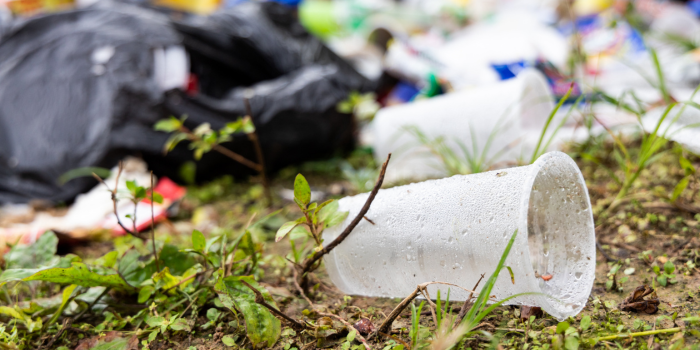Are you living a sustainable lifestyle and looking for ways to reduce your environmental impact? If so, you might have come across biodegradable plastics as a possible solution to your everyday plastic consumption. But what are biodegradable plastics, and are they as eco-friendly as they claim to be? In this blog post, we will dive into the world of biodegradable plastics and discuss their benefits, practical uses, and importance in the quest for sustainable living.
What are Biodegradable Plastics and How Do They Work?
Biodegradable plastics are a type of plastic designed to break down in the presence of microorganisms (such as bacteria or fungi) over a specified period. These plastics consist of biopolymers derived from renewable resources such as corn starch, sugarcane, and other plant-based materials. The biodegradation process transforms the plastic into water, carbon dioxide, and biomass, ultimately returning these materials to the earth without causing long-term harm.
The process of biodegradation can vary depending on the type of plastic and environmental conditions. In ideal situations, biodegradable plastics can take anywhere from weeks to years to decompose, depending on factors such as temperature, humidity, and the presence of microorganisms.
Practical Uses of Biodegradable Plastics
Biodegradable plastics have found their way into various applications in our daily lives. Some of the practical uses include:
- Packaging: As an alternative to traditional, petroleum-based plastic packaging materials, biodegradable plastics provide a more eco-friendly option for products such as food containers, bags, and disposable utensils.
- Agriculture: Biodegradable plastics are commonly used in the agriculture industry for applications such as mulch films, seed coatings, and plant pots.
- Medical: Biomedical applications include biodegradable sutures, drug delivery systems, and tissue engineering scaffolds.
- Electronics: Biodegradable plastics have been developed for use in electronic devices, such as cell phone cases and digital camera housings.
Why Biodegradable Plastics are Important for Sustainable Living
The use of biodegradable plastics offers several advantages over conventional plastics in the pursuit of a more sustainable lifestyle. These include:
- Reduced dependence on fossil fuels: Since biodegradable plastics are derived from renewable resources, they help reduce the demand for petroleum-based plastics, thus conserving valuable non-renewable resources.
- Reduced greenhouse gas emissions: The production of biodegradable plastics typically generates fewer greenhouse gas emissions compared to their conventional counterparts.
- Lowered risk of plastic pollution: Biodegradable plastics have the potential to reduce plastic pollution in our environment, as they are designed to break down more quickly and completely than conventional plastics.
Tips and Advice on Using Biodegradable Plastics Effectively
While biodegradable plastics are a step in the right direction, it’s essential to use them effectively to enjoy their true benefits. Here are some tips and advice to help you make the most of these eco-friendly alternatives:
- Composting conditions: Be mindful of the conditions required for biodegradable plastics to decompose properly. Ensure that the plastic items are disposed of in a facility or environment with the right composting conditions.
- Check for certification: To ensure that the biodegradable plastic is of high quality and can actually degrade, check that it has been certified by an independent third-party agency.
- Recycle when possible: If your local recycling facility or curbside pickup service accepts biodegradable plastics, make sure to take advantage of this option.
- Reuse: Reusing items made from biodegradable plastic is a great way to reduce waste and extend their lifecycle.
By following these tips and advice, you can help ensure that you are using biodegradable plastics effectively and helping the environment in the process. With enough effort, we can make a real difference and create a more sustainable future for our planet.

Iryna wants to make this world a better, greener place with less waste. Her mission is to protect the planet from plastic pollution by bringing awareness to this global crisis through her website. Send her an email to learn more about her mission and how we can help!



